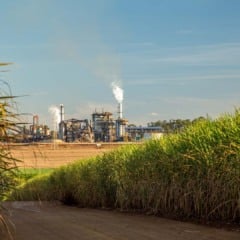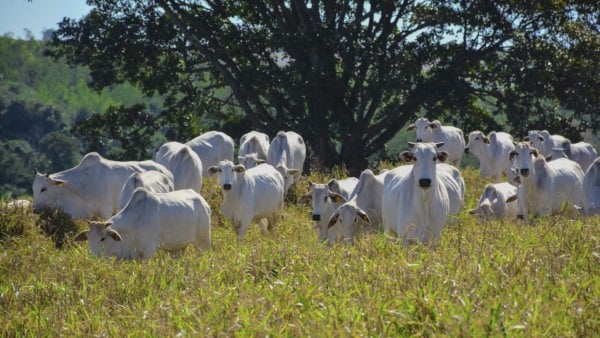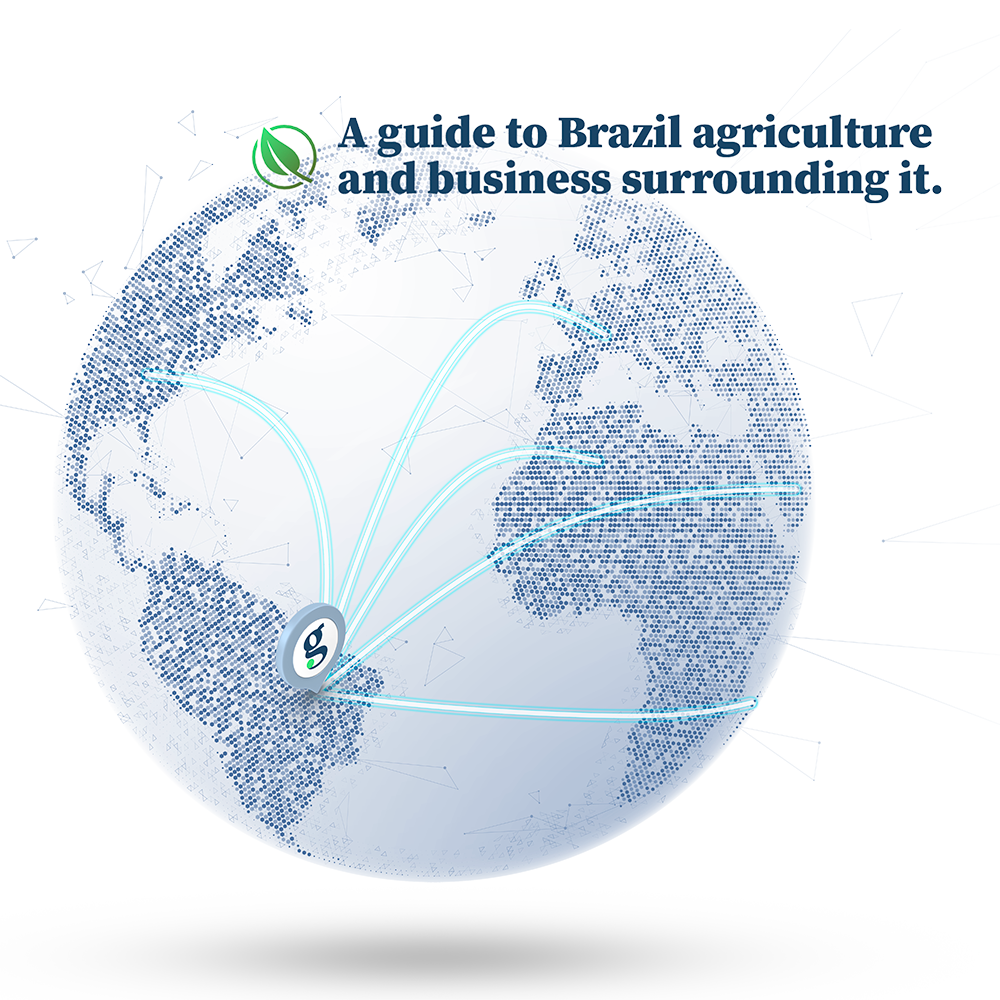
BELEM (PA) – Discussions about cattle production mixed sustainability ambitions with a dose of pragmatism on the opening day of COP30, the UN Climate Conference taking place this week and next in Belem, a city in Brazil’s Amazon region.
Executives and experts across the supply chain agreed that traceability, regenerative agriculture, and circular economy programs will only scale if they deliver financial returns.
The challenge, they said, is to expand sustainable solutions in the Amazon’s cattle sector while bringing small ranchers on board — in Para alone, the state where Belem is located, there are more than 110,000 cattle producers. The state hosts 25.5 million head of cattle, Brazil’s second-largest herd, trailing only Mato Grosso’s 32.9 million.
“For farmers, the best incentive is revenue. With profit in his pocket, he won’t do what we don’t want him to do — especially clear new land,” said Manuela Maluf Santos, executive director of IDH Brazil, a global NGO headquartered in the Netherlands and based in Cuiaba that promotes economic and social development aligned with environmental protection.
According to Santos, IDH teams often meet ranchers “eager to open new areas” because of poor earnings — usually the result of outdated management. “It’s sad to see pastures that could produce five times more, but ranchers’ mentality is still old. A tree is renewable, a forest isn’t. We can’t afford to lose more.”
Price Premium
Gilberto Tomazoni, Global CEO of JBS, said the sector’s key challenge is to create price premiums for ranchers who follow best practices. “Over the past 40 years, Brazil boosted productivity by 120% and reduced pastureland by 20%. That’s impressive, but the US has less than half our herd and produces more beef. Our job is to accelerate progress.”
He warned that the urgency is mounting. “The global population is growing fast — 2.3 billion people already face moderate or severe food insecurity, and 700 million are going hungry.”
Nelcina Tropardi, vice president for legal, ESG, and corporate affairs at Grupo Carrefour Brasil, pointed to another challenge: visibility across the entire supply chain.
“We can already trace 100% of fattening cattle. The biggest gap lies in the indirect suppliers — the breeding and rearing stages — which are much more diverse in technology and practices.”
Consumers Won’t Foot the Bill
Without financial incentives, sustainability won’t gain traction, Tomazoni said. “Sustainability without productivity raises costs. Passing those on to consumers is unrealistic — they won’t pay for it.”
Carrefour’s Tropardi said it’s up to retailers to bridge that gap. “Even when consumers don’t ask directly, there’s an implicit demand for sustainable and transparent products. Our role is to craft a narrative that brings them along.”
Land Regularization
“The most expensive part by far isn’t traceability — it’s land regularization,” said José Otávio Passos, senior director at The Nature Conservancy (TNC), during another panel at COP30 on Monday.
The leading example is Para’s Sustainable Livestock Program, a coalition between the state government, TNC, JBS, and other meatpackers, which aims to trace 100% of Para’s herd by the end of 2026.
“Traceability is just the anchor,” Passos explained. “The program also promotes property regularization and technical upgrades to raise productivity. For small producers with up to 100 head, ear tagging is free.”
Renata Nobre, deputy secretary for Water and Climate at Para’s environment department, said fear and mistrust remain barriers. “Environmental compliance scares producers. To tag cattle, they must have their land titles in order, and many drop out at that point. Aligning land and environmental regularization is essential.”
Tomazoni said that principle supports JBS environmental programs such as Green Offices, an initiative that’s helped recover social and environmental liabilities across more than 8 million hectares and 20,000 farms in Brazil.
Treating Pastures Like Crops
For IDH’s Santos, improving production quality requires viewing cattle production “as if it were agriculture — taking care of pasture the same way you care for crops.”
That includes carbon sequestration, said Tomazoni. “Well-managed ranching is carbon-positive — it removes more carbon than it emits.”
A case in point is Fazenda Cigana, in southern Minas Gerais, managed by Ana Paula da Silva, who represents the farm’s second generation. For the second year in a row, her operation ranked first in a JBS program which rewards ranchers for productivity and management improvements, including regenerative practices.
“We’ve gained visibility by combining profitability and sustainability — concepts many see as opposites, but I believe they’re complementary,” she said. “When we took care of the soil, financial success followed. My practices are simple — but doing the basics well gets you halfway there.”
That includes composting cattle manure to fertilize corn crops, which supply most of the feed. “We began integrating crops and livestock three years ago, and with crop rotation, our soil analysis results have improved dramatically,” she said.








